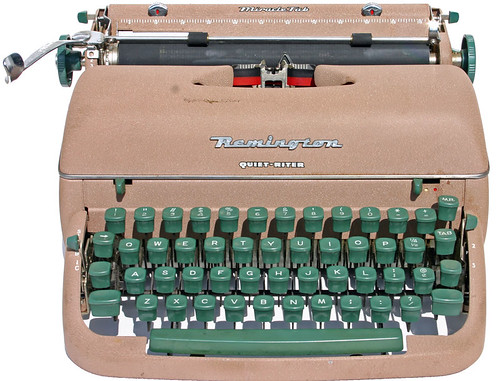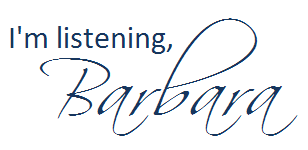 Toward the end of 2008, Jeffrey Keefer and I used Google Docs to collaborate on guidelines for students to follow when writing in their blogs. What follows is the result of our collaboration, along with some of my personal spin added in. Though I wanted to create these guidelines as a guide for my students at Georgia Southern University, they may apply elsewhere as well.
Toward the end of 2008, Jeffrey Keefer and I used Google Docs to collaborate on guidelines for students to follow when writing in their blogs. What follows is the result of our collaboration, along with some of my personal spin added in. Though I wanted to create these guidelines as a guide for my students at Georgia Southern University, they may apply elsewhere as well.
Guidelines for Creating Blog Posts
Keep these general guidelines in mind when you post blog entries for our class:
- Blogs are public, so write in a way that you will be comfortable with anybody reading your work (co-workers, friends, potential employers, parents, etc.).
- Use an engaging title that captures your blog post and promotes reader interest.
- Write about anything that interests you as it relates to our class content, even if there is no specific class assignment. Writers get better writing by writing.
- Give credit where credit is due
- If you use the direct words or lists of another blogger/writer, you MUST put the words in quotation marks.*
- Cite the source by including the name and URL of the source; hyperlink to the source. OR use APA style.
- If you paraphrase another blogger/writer, you MUST indicate where you found the information.*
- Cite the source by including the name and URL of the source; hyperlink to the source. OR use APA style.
- When using images in your blog posts, indicate where the images come from, either by linking back to the image source or providing a photo credit on the page. A great source for images is Flickr, especially when searched using CompFight.
- If you use the direct words or lists of another blogger/writer, you MUST put the words in quotation marks.*
*Note: Failure to cite sources in blog posts will result in the same penalty as failure to cite sources in traditional research papers or other writing projects. Consult with your professor if you are in doubt about how to attribute the sources.
Guidelines for Commenting on Blogs
- Reading your classmate and colleagues’ blogs to will give you ideas for your own writing.
- When you comment on another person’s blog, you can potentially start a dialogue and gain new social contacts.
- Like blog posts themselves, you never know who will read your comments.
- It is good practice reply to comments on your own blog.
Questions about blogging guidelines?



i like it your work for student guid
Thanks for these excellent guidelines, Barbara. I have something similar in my courses at Uni of Newcastle in Australia but in addition also add to the guidelines:
“If during this assignment you receive unwelcome visitation or activity on your blog you should contact the course coordinator immediately and cease using the blog.”
We have had one incident where a student received unsavourly “solicitations” from an unknown commenter and didn’t want the uni to be liable for student harassment. Students are also encouraged not to include personal information. I include in my guidelines:
“When setting up the blog, students should not include personal information like photos of themselves, location, contact details, star signs and hobbies etc that could encourage people from outside the course to make a nuisance of themselves. This is not a MySpace page!”
I published a paper last year on my blog assessment in case you are interested:
http://praxis.massey.ac.nz/fileadmin/Praxis/Files/Journal_Files/James.pdf
These are great tips that can be applied elsewher for sure. Many people ate new to blogging and may write without being aware of future results.
Please checkout Speak Up for Change and let us know your thoughts!
http://speakupforchange.ca
Helpful guidelines. Thanks. I wonder if you’ve thought about expanding these for the general blogosphere, for students who want to start blogging beyond the required course blog?
Tim,
Great idea . . . maybe I’ll start a blog post about the topic and ask others to chime in.
Barbara
Barbara, great list of guidelines. On the art front, I’d add that students would be wise to focus on Creative Commons-licensed photos, which you can find by using Flickr Advanced Search and selecting the option to only search Creative Commons. Photos on Flickr default to All Rights Reserved, so this will help you find art that’s free and clear (as long as you give attribution).
Thanks for the Creative Commons tip, David. I use CompFight and set it to look for Creative Common Only. That might be worth another blog post.
Barbara